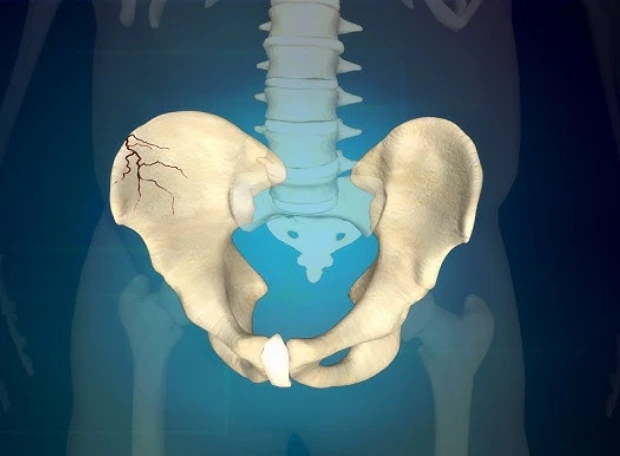
What Is Pelviacetabular Surgery ?
Pelviacetabular surgery is a specialized medical procedure focused on addressing issues in the pelvic region and hip joint. It is commonly required to treat pelvic fractures, hip dislocations, or degenerative conditions affecting the bones, ligaments, and cartilage of the pelvis and hip. Pelviacetabular surgery aims to restore joint function, alleviate pain, and improve mobility for patients suffering from conditions like arthritis, trauma, or congenital deformities. Common conditions that may necessitate pelviacetabular surgery include acetabular fractures, pelvic bone fractures, hip dislocations, and complications arising from joint degeneration.
Pelviacetabular surgery may include:
- Open surgery for complex fractures or dislocations
- Arthroscopic surgery for minimally invasive repairs
- Bone realignment and fixation with screws or plates for stabilization
Pelviacetabular surgery is often required to address various injuries and conditions affecting the hip and pelvic region. Trauma, such as accidents or falls, can cause fractures, dislocations, and damage to the bones or joints, leading to intense pain, swelling, and loss of mobility. Conditions like arthritis or degenerative changes in the hip joint may also necessitate surgery to alleviate pain and improve function.
The goal of pelviacetabular surgery is to repair or reconstruct damaged structures, restore stability, and improve mobility. Surgical interventions may include arthroscopic procedures for minimally invasive repairs or open surgery for more complex fractures and dislocations. Depending on the condition, bone realignment or fixation with screws and plates may be required to stabilize the affected area.
What Are The Symptoms That May Require Pelviacetabular Surgery?
Symptoms that may require pelviacetabular surgery include severe pain in the pelvic or hip region, which can make it difficult to walk, stand, or bear weight on the affected side. Visible deformities or asymmetry in the pelvis or hip, along with swelling, bruising, or tenderness, are common signs of trauma or injury that may necessitate surgical intervention. Limited range of motion, stiffness, and instability in the hip joint can also indicate underlying fractures or dislocations.
In some cases, nerve-related symptoms such as numbness, tingling, or weakness in the legs may arise, pointing to potential nerve compression or damage caused by the injury.
If you are facing these problems, visit Dr. Sanjeev Patnaik, the best orthopedic and robotic joint replacement surgeon in Bhubaneswar, for expert diagnosis and treatment.


How To Relief From Pelvic And Hip Pain?
Relief from pelvic and hip pain often begins with a combination of self-care, physiotherapy, and medical treatment. Resting the affected area, using cold compresses to reduce swelling, and taking prescribed pain relievers can help manage discomfort. Physiotherapy can improve strength and flexibility, aiding in the recovery process.
In more complex cases, pelviacetabular surgery may be necessary. Dr. Sanjeev Patnaik, a top orthopedic and robotic joint replacement surgeon in Bhubaneswar, provides expert care. Detailed evaluations using physical exams and advanced imaging techniques such as X-rays, CT scans, or MRIs are conducted to develop a personalized treatment plan. Both surgical and non-surgical solutions are carefully tailored to ensure optimal care and promote faster recovery, meeting the unique needs of each individual.
FAQ'S
Pelviacetabular surgery involves procedures to repair fractures or injuries to the pelvis and hip socket (acetabulum), often caused by trauma or fractures.
Pelviacetabular injuries are typically diagnosed through physical examination, X-rays, CT scans, or MRIs to assess the extent of the injury and determine the need for surgery.
Treatment options for Pelviacetabular injuries range from non-surgical methods, such as pain management and physical therapy, to surgical interventions like open reduction and internal fixation (ORIF) to stabilize fractures.
The cost of pelvic-acetabular fracture surgery in India can vary widely based on several factors, including the complexity and severity of the fracture, the type of surgical procedure required .
You can undergo pelviacetabular surgery under the expertise of orthopedic and robotic joint surgeon Dr. Sanjeev Patnaik at Phoenix Orthocare, located near Chandrasekharpur, Bhubaneswar, Odisha. You can also consult him at Kalinga Hospital, Bhubaneswar
